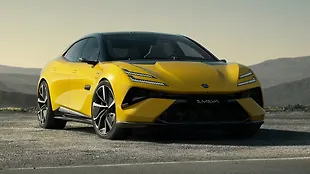3D printing Explained

The first thing that comes to our minds when we speak of printers are those that perform our regular printing jobs at home or work. These haven’t changed over the last decade or so. However 3D printing has been making inroads of late. In case you’re wondering why CarWale is covering this topic, let me share the basics first.
3D printers use digital tech to make actual products such as switches, pens, and other plastic parts like car panels, etc. What if I told you that companies are also trying to use 3D printers to print prototypes of vital organs and bones? Since you now understand the gravity, picture this. Gartner Inc., a global research and advisory firm projects the 3D printing business (currently a 5 billion market) to grow 10 times in the span of this decade.
Let’s now dive straight into this tech. While regular printers print on a flat surface, a 3D printer adds depth to the concoction. So fundamentally, it assembles an object layer-by-layer using materials such as metal, plastic or even resin for that matter. Mini, for example, adopted 3D printing a few years ago for its customisation department. This allowed them to 3D print customer’s personalized designs which were later retrofitted in their Minis.
Even Bugatti constructed components such as the 3D printed titanium brake callipers which ended up being 40 percent lighter than their aluminium counterparts. But how can there be so much of a difference? Making cavities, hollow sections, and varying the thickness of materials, all down to a crazy-sounding 0.4mm is only possible by 3D printing.
The world’s hopes, in a number of fields, is braced by the promising virtue of this 3D printing technology. But most importantly, the next time you come across this term, you now know what it means.
Photo: used for representational purposes only

![Hyundai Grand i10 Nios [2019-2023] Image Hyundai Grand i10 Nios [2019-2023] Image](https://imgd.aeplcdn.com/272x153/n/cw/ec/35465/grand-i10-nios-exterior-right-front-three-quarter-2.jpeg?q=80)
























